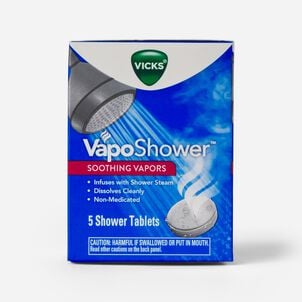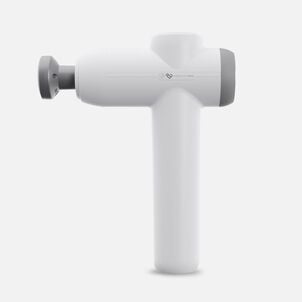Why aren't men going to the doctor?

June -- known to many as Men's Health Month – will be here in no time. In honor of the designation, let's dive into a interesting trend from the guys in our life.
There's an old (albeit, sometimes accurate) stereotype that men avoid going to the doctor. My husband is one of the few who makes an annual physical a priority, though he may be an anomaly.
Stereotypes are usually wrong, but this one might have some legs. According to a survey from the Cleveland Clinic, just 60% of men get an annual physical, while 40% go to the doctor only if they think something is "serious."
Just ask that same 60% if they'd treat their cars or computers the same way, waiting for things to get "serious" before bigger problems arise. I'm guessing not.
Preventing chronic disease
Annual physicals are an important part of maintaining one's physical health, and forgoing them can end up costing you in the long run.
The Centers for Disease Control and Prevention (CDC) found three out of four men age 55 and older have at least one chronic disease. These conditions can cost big bucks, from the price of medications and co-pays to loss of income.
But how does a yearly physical make a difference? According to the CDC, "Chronic diseases are common, costly, and debilitating, and they can often be prevented." The agency suggests choosing healthy behaviors, like cutting out tobacco, a healthy diet, regular exercise, and getting enough sleep, to avoid chronic disease.
A primary care physician can help facilitate these lifestyle choices, and help your guy determine what changes need to be made, whether it's cutting out those celebratory cigars, or making it to the gym a bit more often.
Now, let's look at the numbers
Let's compare the cost of going to the doctor yearly to that of managing a more serious condition. An average annual physical costs insurers around $150. Patients copays usually range between $15-$25, after deductibles and coinsurance.
The cost of more serious health problems, such as chronic diseases like diabetes, obesity, cancer and cardiovascular disease, account for 86% of the $2.7 trillion spent in the U.S. on medical costs each year.
And while the annual cost of managing a chronic disease vary, the CDC provides a few examples: Diabetes patients spend about $6,000 annually to manage their condition, while the annual cost of caring for someone with Alzheimer's is a whopping $174,000 per year.
Another study found that those with cardiovascular disease spent $18,953 each year on medical costs.
Healthy, wealthy and wise
A man's health can also affect his long-term wealth, according to the National Bureau of Economic Research. In this study we learned that healthier people have more than 50% more assets in retirement than those with health issues.
In that same vein, wealth has also been linked to living longer. Researchers at Harvard University found those who earned less than $36,000 annually had a 64% higher risk of early death than those who earned $100,000 or more.
How an HSA can help
While committing to a yearly physical can seem intimidating to those enrolled in a high deductible health plan (HDHP), who expect to pay out-of-pocket for these visits, it's important to remind skeptical types that most HDHPs fully cover preventive care visits.
Physical exams are seen as a vital tool in maintaining a patient's good health, and they are usually fully covered once per year for most insurance policyholders. Plus, additional expenses associated with physical exams (like follow-up tests, x-rays, etc.) are eligible for reimbursement with tax-free healthcare funds like HSAs.
Is he still not convinced? If all else fails, it might be good to remind him that HSAs offer tax benefits, can be used as an additional retirement savings vehicle, or even function as an emergency fund when you need it most.
So this month, encourage the men in your life to make a doctor's appointment. It just might be a way to jumpstart a more physically -- and financially -- healthy future.


.png)














